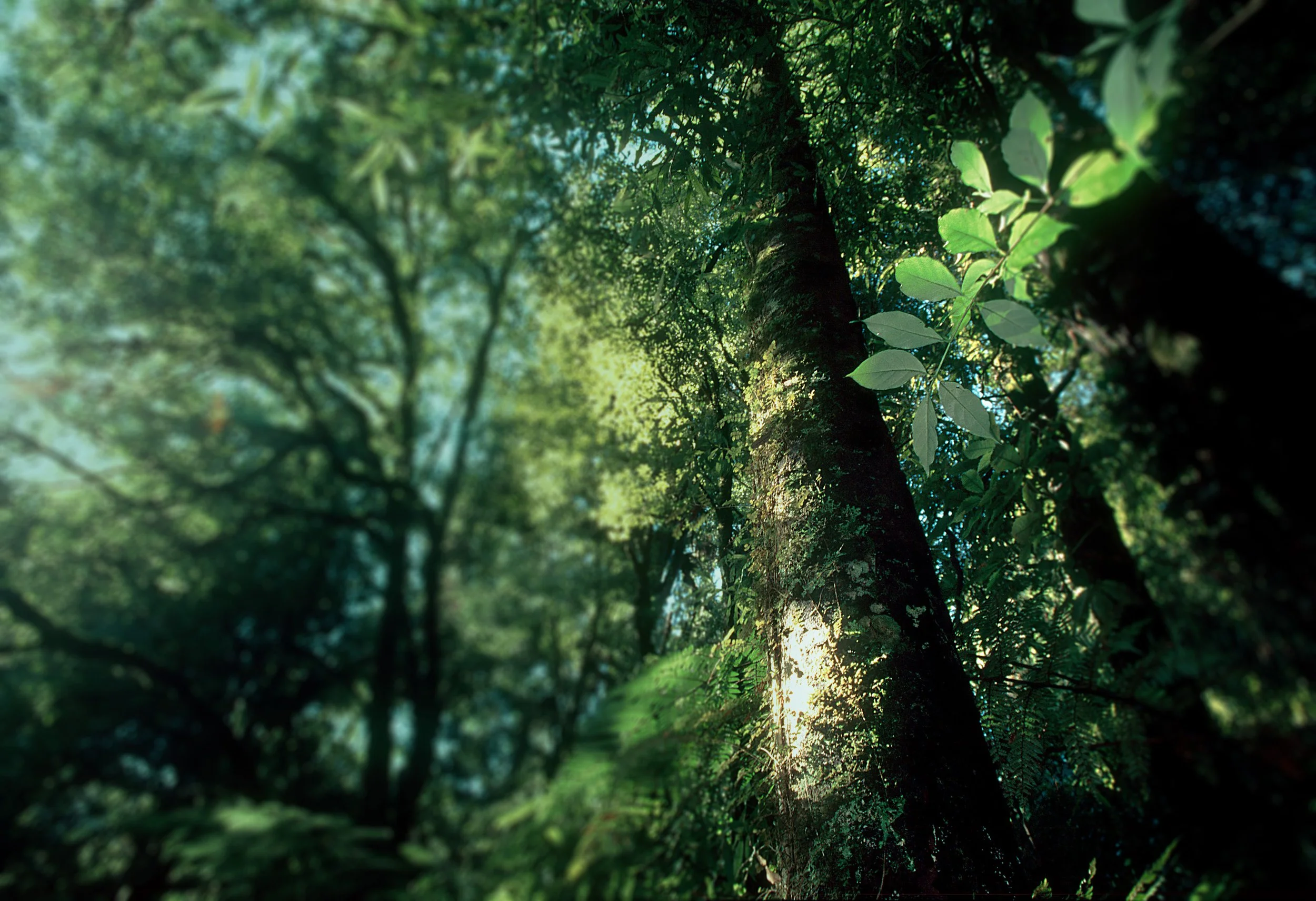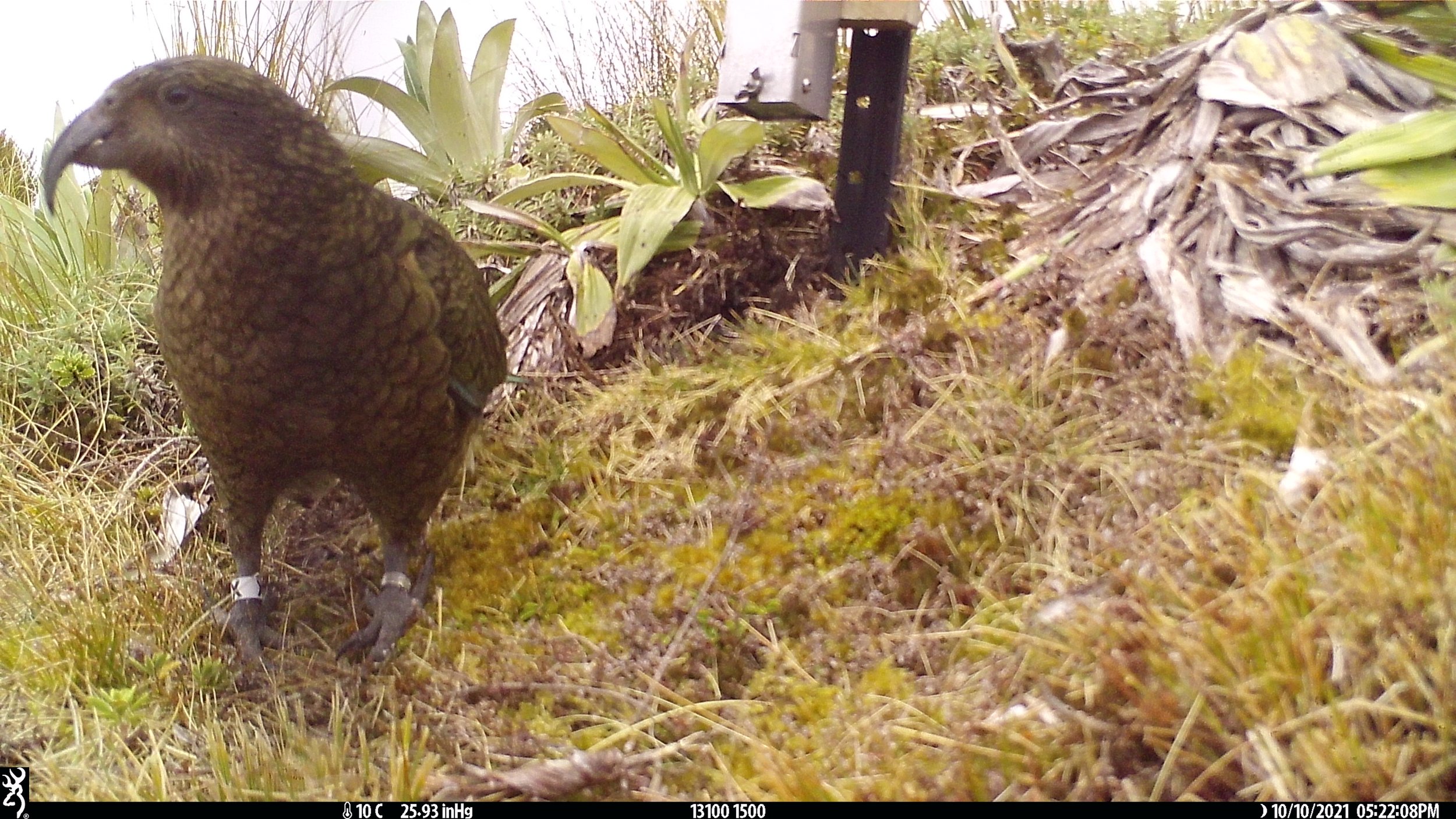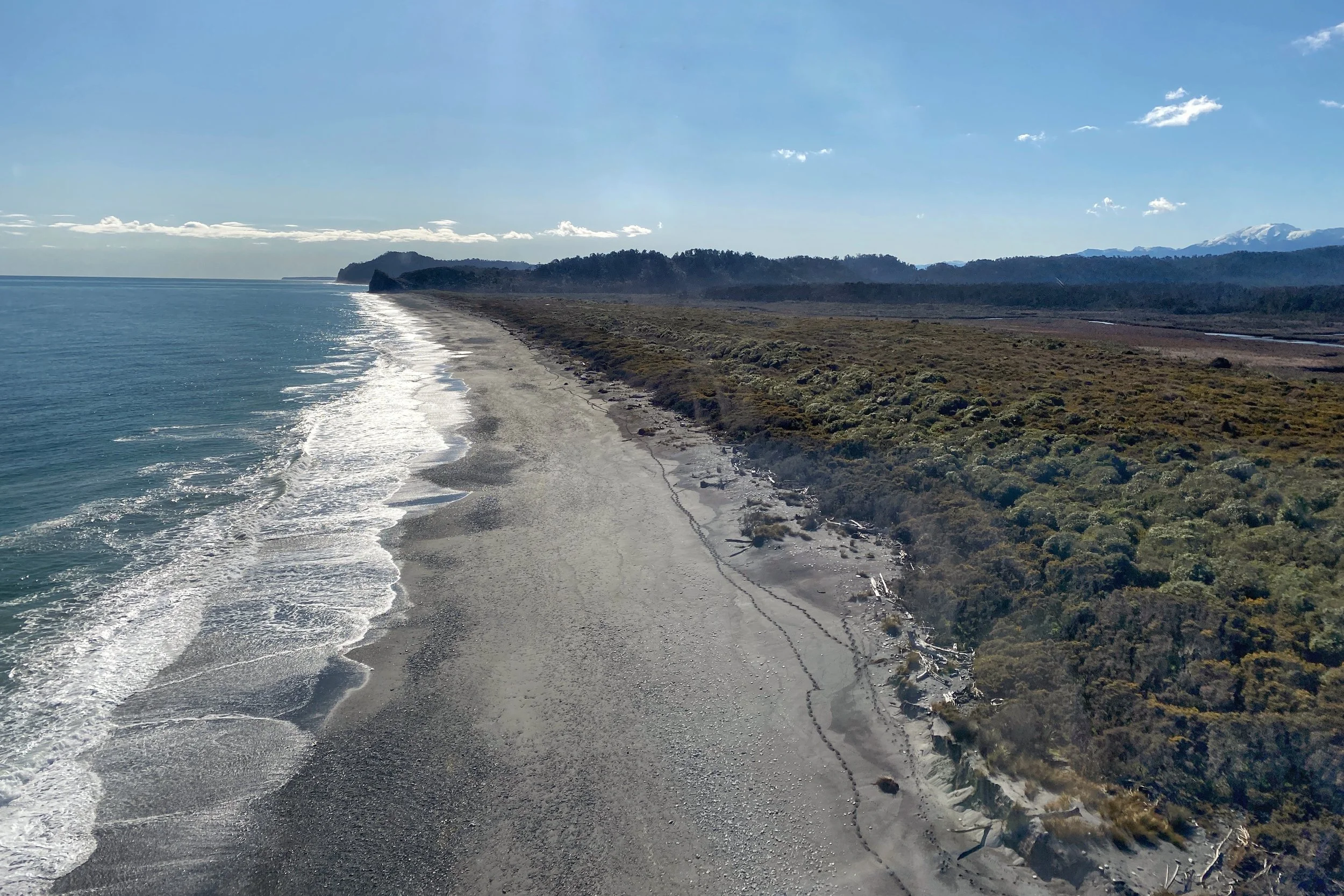Predator monitoring
Camera networks have been set up to monitor predators, particularly feral cats, rats and possums, before and after the operation. The cameras won't be able to differentiate between the three rat species, so traps are also being used to ensure we measure the impact on kiore.
Deer repellent and deer monitoring
1080 bait pellets containing deer repellent will be distributed across bookable hunting blocks within the operational area. White-tailed deer will be monitored by trail camera grids in the deer repellent and non-deer repellent areas, and also in a non-treatment area.
The aim is to better understand whether using deer repellent reduces the impact of 1080 on the white-tailed deer population on Rakiura. We also want to know whether deer repellent reduces the effectiveness of the bait on the three target rat species. This will be valuable research for Predator Free Rakiura.
Consultation outcome
Prior to the operation, DOC and ZIP consulted with partners, key stakeholders and potentially affected parties.
This includes Te Rūnanga o Ngāi Tahu and its respective Papatipu Rūnaka, Rakiura residents, landowners adjacent to the operational area including the Rakiura Māori Lands Trust, the local marine farming and fishing industry, Rakiura National Park concessionaries, and commercial operators such as hunting groups and tourism businesses.
As a result of this consultation, the following decisions were made in the operational plan:
Hunting blocks stayed open for bookings throughout operations, with appropriate communication with hunting parties and recommendations in place not to consume meat until caution periods are lifted.
Deer repellent was used within bookable hunting blocks only. This aims to mitigate the impact on white-tailed deer hunting opportunities in areas where hunters are most likely to be. Non-deer repellent bait was used in the open hunting zone, including across pukunui breeding grounds.
Deer repellent was also used in buffer zones around certain higher value hunting blocks, recognising that deer home ranges may extend beyond the hunting blocks.
The deer monitoring areas have moved to the Doughboy Bay area and are being used to understand the impact of a standard predator control operation on white-tailed deer with and without deer repellent. This changed the location of the 1080 to Zero trial area.
The treatment area boundaries were changed on the eastern side of the original operational area to completely avoid some of the bookable hunting blocks.
Waterways were tested within the operational area for sodium fluoroacetate. Samples were taken at various locations from source to confluence to give an accurate representation of entire water catchments. These locations included South West Arm where the Rakeahua River meets the ocean environment and Doughboy Creek where the creek meets the sea.
Bait was not sown directly into the ocean. By using a 'safeline' approach, all bait was applied above the mean high water springs (MHWS) tidal level to prevent bait from entering the marine coastal environment.
Loading site: The operation was carried out from a land-based loading site in the Mason Bay area. No bait loading or helicopter refuelling took place on vessels at sea.
Key facts about 1080
1080 is a manufactured, biodegradable toxin. Its active ingredient, fluoroacetate, is found in some poisonous plants in Australia, Africa and Brazil. It is also found at lower levels in a few of our native plants. Bait pellets are made up of sodium fluoroacetate (0.15% of each pellet), cereal, cinnamon lure, sugar, and green dye.
1080 bait is broken down naturally in the environment by micro-organisms, fungi and plants into harmless compounds and does not leave permanent residues in soil, water, plants or animals. 1080 dissolves to harmless levels very quickly when exposed to water and is almost always undetectable in waterways after 24 hours. 1080 operations have never contaminated drinking water in New Zealand. There are regulations and practices to prevent this.
Research studies show that the use of 1080 increases the breeding success of many native species including kiwi and kākā. 1080 does not negatively impact populations of invertebrates including kōura or insects such as caddisflies, mayflies and midges. Fresh water fish including eels/tuna and trout are also unaffected
Managing risk
1080 is poisonous to humans, domestic and game animals. In areas where the toxin has been applied, dogs are at high risk until poisoned carcasses have disintegrated. This takes four to eight months. During this time, people can still hunt game animals however it is advisable not to take meat from within the operational areas. Once carcasses have decomposed, the caution period will be lifted, and normal hunting activities can resume. Unpermitted dogs are not allowed at any time in Rakiura National Park.
Risks can be eliminated by following these rules:
DO NOT touch bait
WATCH children at all times
DO NOT EAT animals from this area or within the buffer zone outside the treatment boundary. The standard buffer zone is 2 km for deer.
Poison baits or carcasses are DEADLY to DOGS
Observe these rules whenever you see warning signs about pesticides. These signs indicate pesticide residues may be still present in baits and poisoned carcasses. When signs are removed this means you can resume normal activities in the area. Always report suspected vandalism or unauthorised removal of signs.
If you suspect poisoning, please contact:
Your local doctor or hospital
The National Poisons Centre: 0800 764 766 (urgent calls) or 03 479 7248 or dial 111
Seek veterinary advice for suspected poisoning of domestic animals
Next steps
Stakeholders have been notified and public notices were published in local newspapers.
There will be warning signs placed at public entrances to the treatment area and in huts within or adjacent to the treatment area immediately prior to the operation.
After the operation, DOC will contact stakeholders about the results. We will continue to share insights about the outcomes for pukunui and other native species over time.
For more information
Contact DOC and ZIP by emailing: pukunui@doc.govt.nz
Learn more about why 1080 is used to control introduced predators
See operational updates and detailed maps of predator control on public conservation land
See updates about track access and safety on public conservation land
Learn more about Predator Free Rakiura
Get Rakiura hunting updates


































